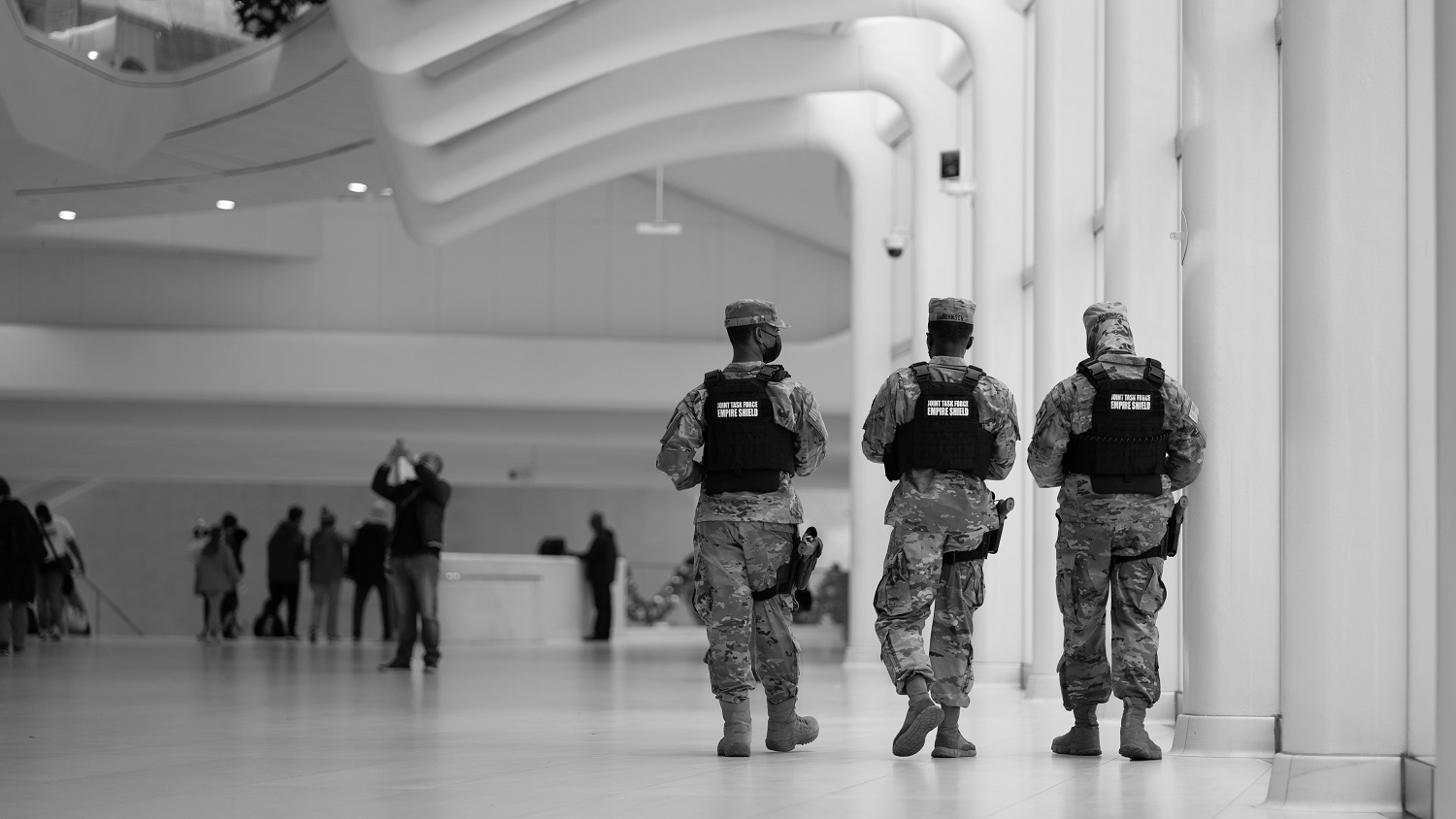The plate carrier is an essential piece of equipment for anyone in the military, law enforcement, or security industry. It is a vital part of your gear that is designed to protect against ballistic threats while allowing for mobility and comfort. In this guide, we’ll be discussing how to set up your tactical plate carrier to maximize its effectiveness and fulfill your needs.
1. Choosing the Right Plate Carrier
The first and foremost step in setting up your tactical plate carrier is choosing the right carrier. The carrier you choose will play a vital role in your overall performance and comfort. Choose a carrier that fits you adequately, provides the necessary protection, and has features that cater to your operational needs.
2. Selecting the Plates
The next important step is selecting the right plates that provide the right level of protection you require. The type of plates you choose will depend on the level of the threat that you anticipate. For instance, if you operate in an urban setting, soft body armor plates will suffice. On the contrary, if you operate in a high-threat area, you’ll need hard armor plates. The thickness and material of the plates are also significant factors that you’ll have to consider.
3. Accessorizing Your Carrier
After selecting the right carrier and plates, the next step is accessorizing your carrier. Accessorizing means that you’re adding customization to your carrier by setting it up according to your needs. This process includes adding magazine pouches, medical kits, hydration systems, radio pouches, and more. The key is to make sure that you only add what you need and that it doesn’t hinder your agility or comfort during the mission.
4. Proper Placement of Pouches
It’s important to utilize the proper placement of pouches when accessorizing your carrier. Ensure that you can access the essentials such as magazine pouches, tourniquets, and medical kits securely and fast. It’s also advisable to place heavier items such as radios, hydration systems, and batteries on the backside of your carrier to offset the weight and provide better balance.
5. Fine-Tuning Your Setup
The final step in setting up your tactical plate carrier is fine-tuning your setup. It’s essential to test and adjust your carrier to achieve maximum comfort, movement, and functionality. Don’t be afraid to spend some time with your gear to get it right, and it could mean the difference between mission success or failure.
Setting up your tactical plate carrier is crucial when it comes to your comfort, performance, and overall protection. By following the steps outlined in this guide, you’re well on your way to having a carrier that caters to your needs. Remember to choose a carrier that fits you adequately, select the appropriate plates, accessorize your carrier, properly place pouches, and fine-tune your setup. By doing so, you’ll be able to confidently operate in the field, knowing that your gear is set up for success.
For more great articles, please click here.



